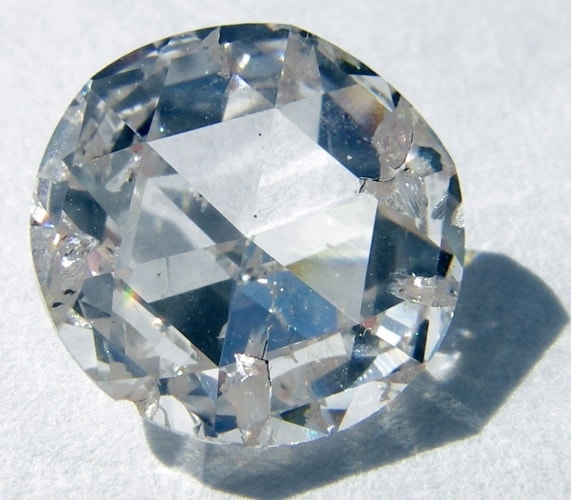
C-BN is a form of boron nitride with a cubic crystalline structure. It has similar properties to diamond but also a number of advantages, including a higher bandgap that makes it useful in power-intensive devices. C-BN can be “doped” to give it positively and negatively-charged layers, meaning it could be used to make transistors. The material also forms a stable oxide layer on its surface when exposed to oxygen, making it stable at high temperatures.
“This could be used to create high-power devices, such as the solid state transformers needed to create the next generation ‘smart’ power grid,” said Jay Narayan, Professor of Materials Science and Engineering at NC State and lead author of the research paper, which appears in the Journal of Applied Physics.
“It could also be used to create cutting tools, high-speed machining and deep sea drilling equipment. Diamond is hard, but it tends to oxidise, transforming into graphite – which is softer. A coating of c-BN would prevent oxidation. Diamond also interacts with iron, making it difficult to use with steel tools. Again, c-BN would address the problem.”
To create the single crystalline structure, the team began by forming a substrate of c-BN. This is done using a technique developed by Narayan, published earlier this year. Pulse-laser deposition is then used to merge a layer of diamond to the substrate. This take place at 500°C in an optimised pressure environment. The pulse-laser technique also allows the thickness of the diamond layer to be controlled.
“This is all done in a single chamber, making the process more energy and time efficient,” said Narayan. “You use only solid state carbon and BN, and it’s more environmentally benign than conventional techniques.”
A new company, Q-Carbon LLC, has been set up by Narayan to license the technique and commercialise its applications.




Poll: Should the UK’s railways be renationalised?
I think that a network inclusive of the vehicles on it would make sense. However it remains to be seen if there is any plan for it to be for the...